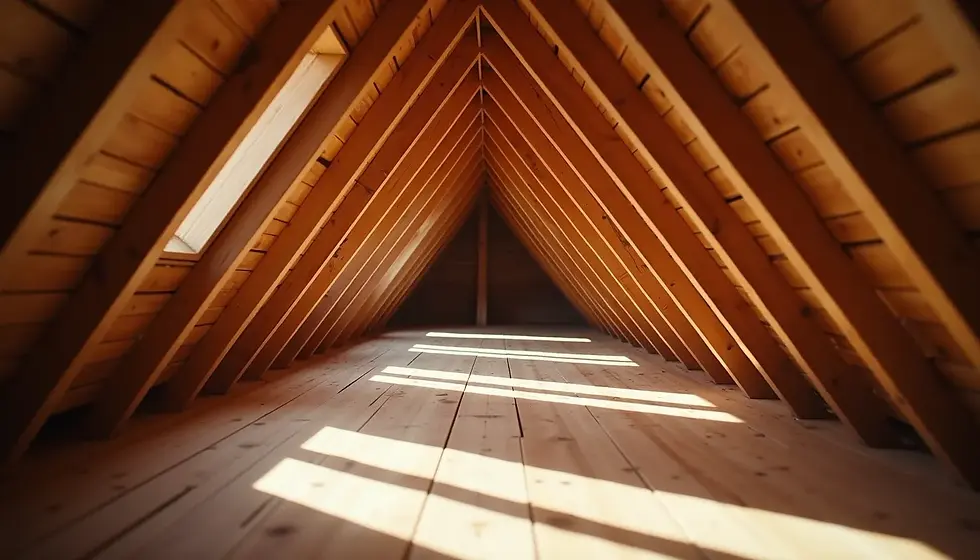Leave a Stump or Get Rid of It? What Homeowners Should Know
- Mei-Lin Arora

- Sep 6
- 3 min read
Updated: Sep 7
After a tree comes down, the big question usually follows: should you leave a stump or get rid of it? On the surface, it might look harmless, even quaint. But in reality, tree stumps can bring hidden problems, from pests to rotting wood. Let’s break down when it makes sense to keep one and when removal is the smarter choice.
The pros and cons of leaving a stump
Leaving a stump can sometimes work in your favor, especially if you plan to garden around a tree stump. Many homeowners transform old stumps into planters or rustic garden features.
A stump can be a charming natural pedestal—but left unchecked, it can also be a ticking time bomb for rot and pests.
The downside? A decaying tree stump doesn’t just look messy over time; it attracts insects like termites, carpenter ants, and even rodents. That’s why many arborists recommend removal unless you have a very specific use in mind.

How long does it take for a stump to rot?
If you choose to let nature take its course, expect to wait. Depending on the size and type of wood, it can take anywhere from 3 to 10 years for a stump to fully rot. During that time, the stump may become spongy, hollow, and prone to fungus growth.
The U.S. Forest Service notes that hardwoods typically decay more slowly than softwoods. That means oak or maple stumps may linger for years longer than pine or spruce.
How to get rid of a stump
If patience isn’t your strong suit, there are faster ways. Here’s how to tackle stump removal:
Grinding – A stump grinder can shred it down to below soil level.
Digging – Best for smaller stumps, using an ax, mattock, and elbow grease.
Chemical accelerants – Products that speed up decomposition.
Burning – Legal in some areas but must be done with extreme caution.
If you’re wondering how to get rid of a st (yes, stump), stump grinding is the most efficient and widely used method.
For large, stubborn stumps, professional removal is often the safest option.

Odd stump-related concerns
Tree stumps aren’t the only nuisance that can plague backyards. Some homeowners also deal with wildlife issues—yes, even minks. While unrelated, questions like how to get rid of mink pop up when dealing with property upkeep. The similarity? Both stumps and minks can cause headaches if ignored.
Should you leave a stump or get rid of it?
In most cases, removing it is the better choice. Unless you want to turn it into a feature for landscaping, the long-term risks of pests, disease, and structural hazards outweigh the short-term convenience of leaving it in place.
FAQ
Should I leave a stump or get rid of it?
Most experts recommend removing it to avoid pests, rot, and regrowth.
How long does it take for a stump to rot?
Anywhere from 3 to 10 years, depending on the tree species.
How to get rid of a stump quickly?
Stump grinding is the fastest, followed by chemical decomposition methods.
Can I garden around a tree stump?
Yes—many homeowners use stumps as bases for planters or decorative features.
Why is a decaying tree stump risky?
It attracts termites, ants, and fungi that can spread to other areas of your yard.
Final thoughts
While leaving a stump might seem like the easier route, it usually creates more problems than it solves. Unless you plan to build a garden around a tree stump, removal—by grinding, digging, or decomposition—is the smarter way forward 🌱🪓.



Comments